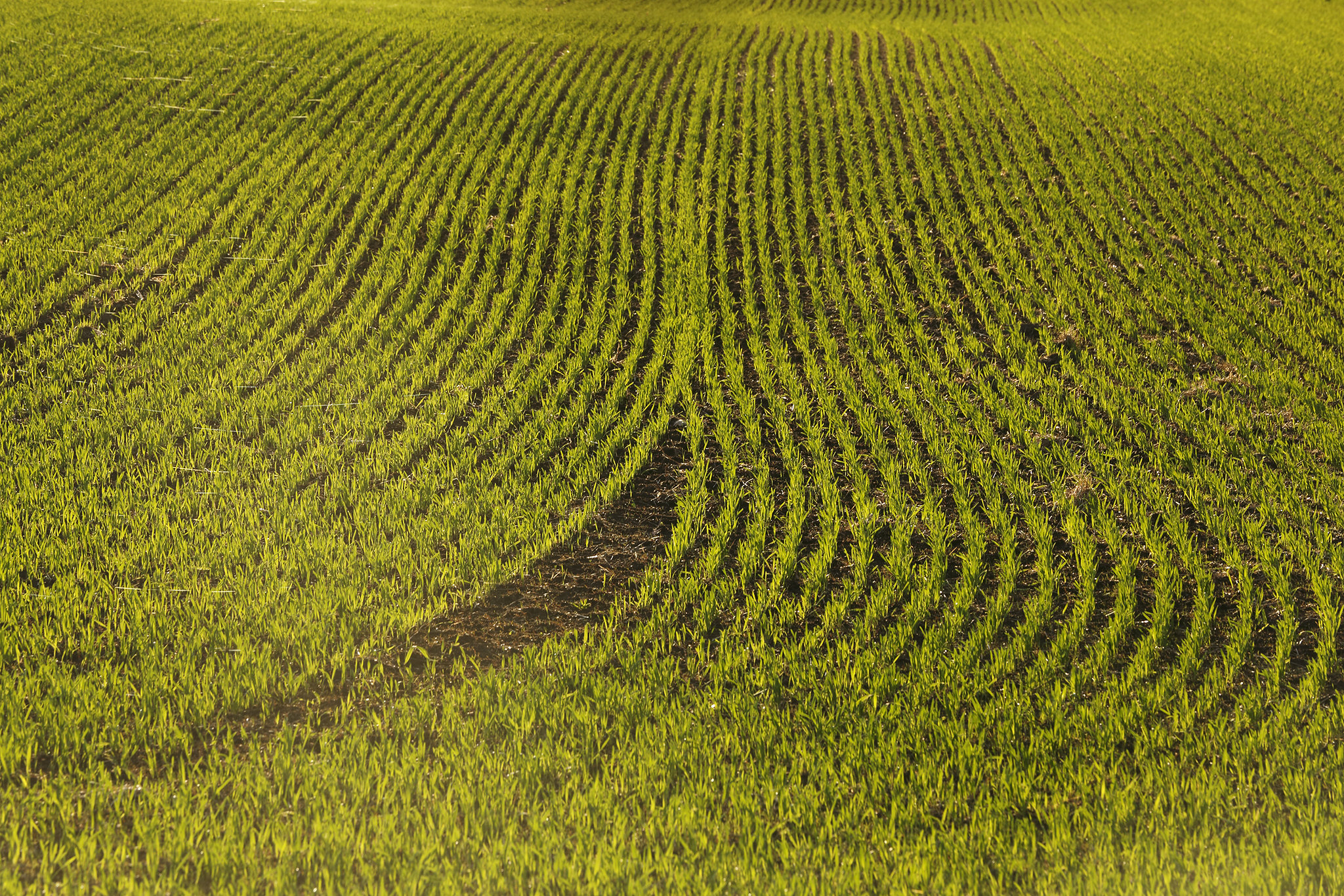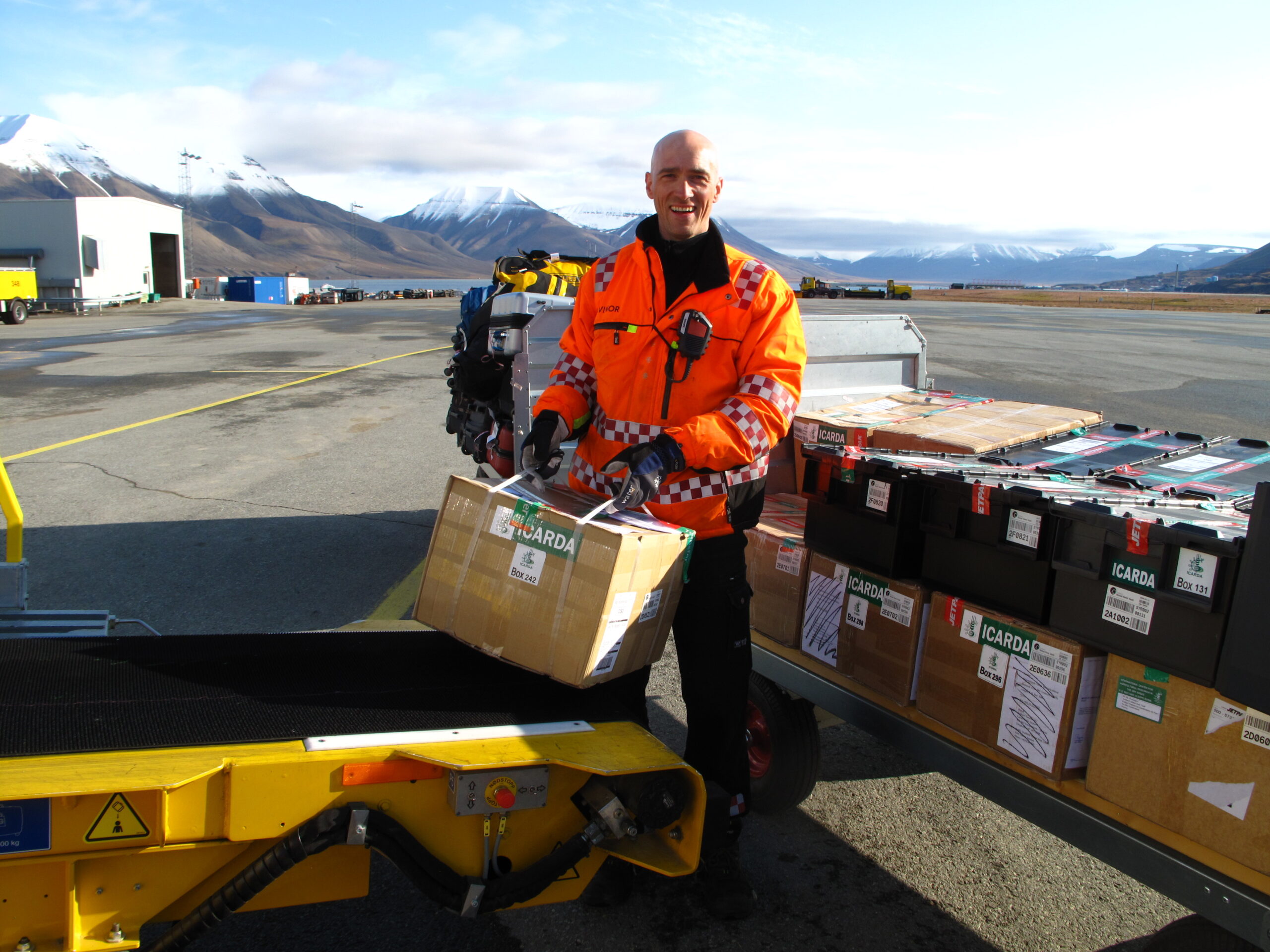
The Seeds
Our contribution: The seeds
The seeds that are safeguarded in Svalbard are of value for food and agriculture, and and of importance for research, plant breeding and education, in accordance with International laws; including the International Treaty for Plant Genetic Resources for Food and Agriculture.
Conserved accessions (seed samples with unique genotypes) have been duplicated and are conserved in a suitable gene bank, in order to make the Seed Vault the second security back-up. The Seed Vault conserves seeds under “black box conditions”.
Seed Vault holdings
The seeds that are secured in the Seed Vault include crop varieties, farmers’ land races, breeding material and wild plants that are related to and could be gene donors to new varieties of crops. To date, Seed Vault holdings include more than 5,000 plant species.
The largest numbers of accessions stored in the Seed Vault are varieties of rice, wheat and barley crops; more than 150,000 samples of Wheat and rice and close to 80,000 samples of Barley. Other well represented crops are sorghum (>50,000 accessions), Phaseolus bean species (>40,000), maize (>35,000), cowpea (>30,000), soybean (>25,000) and kikuyu grass and chick pea, both with more than 20,000 seed samples. Crops as potatoes, peanuts, Cajanus beans, oats and rye, alfalfa, the cereal hydrid Tritikosecale and Brassica’s are represented by between 10,000 and 20,000 seed samples.
As gene banks typically conserve genetic material from many countries, these seeds originate from most countries in the world.
Major depositors
About two thirds of the deposited accessions are from the international research centres of the Consultative Group on International Agricultural Research (CGIAR), with the International Maize and Wheat Improvement Center (CIMMYT), International Rice Research Institute (IRRI), International Center for Agricultural Research in the Dry Areas (ICARDA), International Crops Research Institute for the Semi-Arid Tropics (ICRISAT) and the International Center for Tropical Agriculture (CIAT) being the largest depositors. Gene banks in USA, Germany, Canada and the Netherlands are the largest national depositors, and NordGen, the gene bank for the Nordic countries, is the main regional depositor.
Detailed information about depositors can be found on NordGens Seed Portal webpage.

